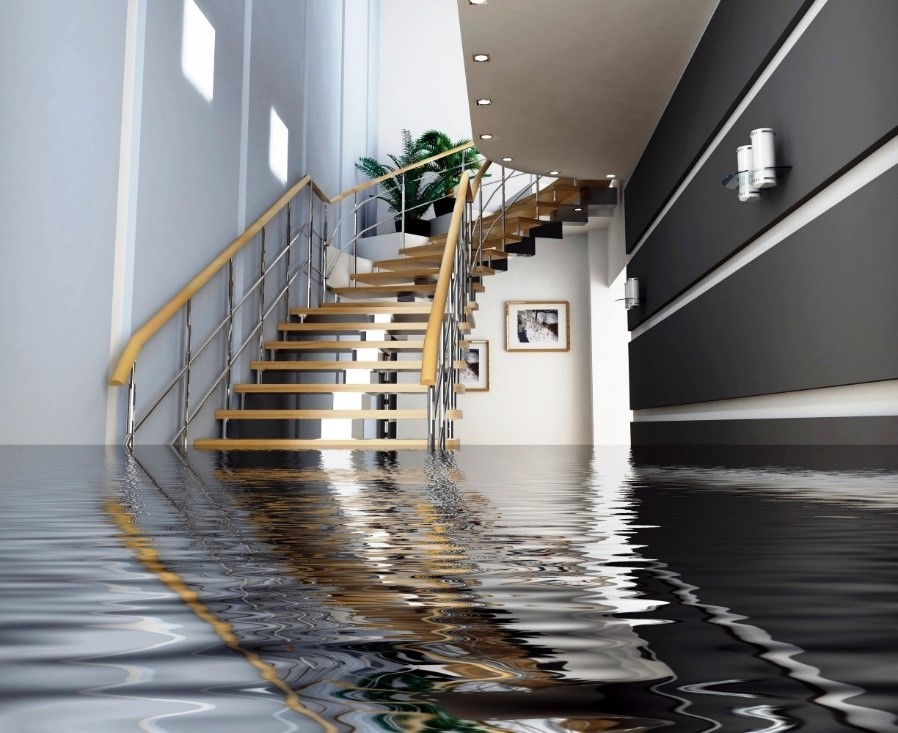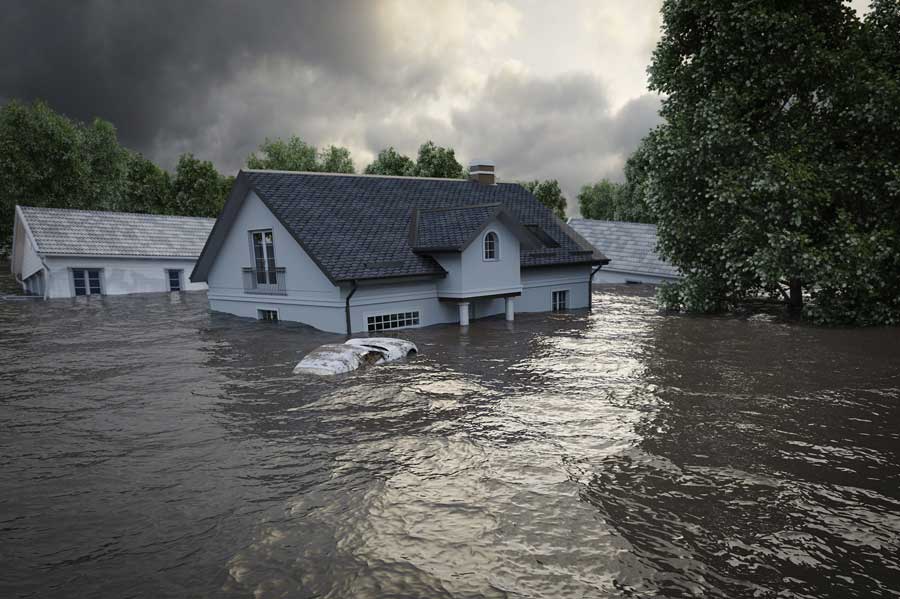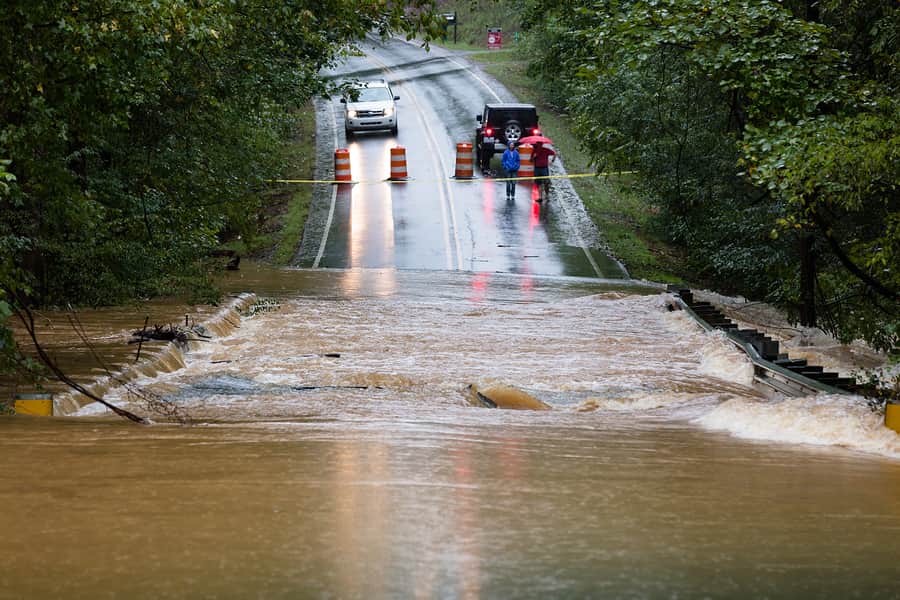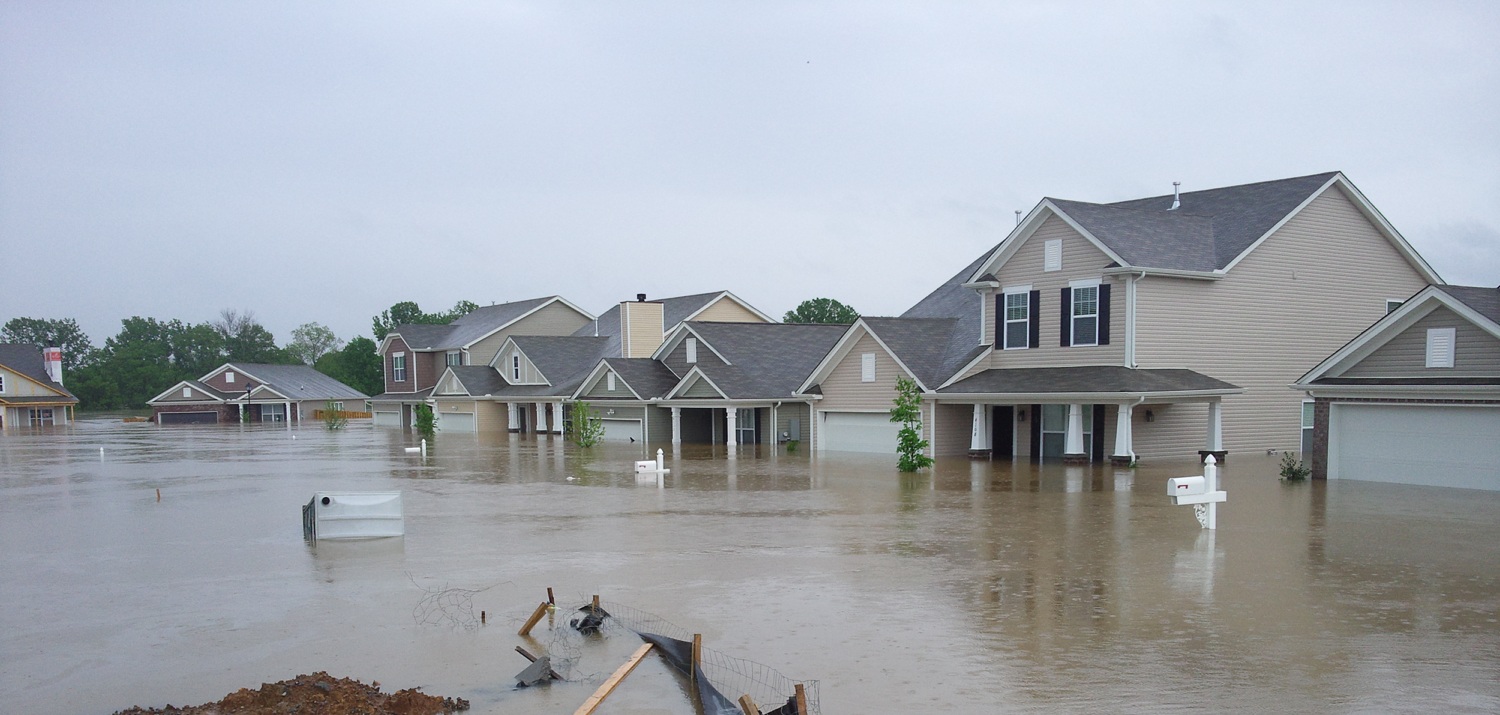Table of Contents
- Flooding Damage - Insurance Claims Specialist, LLC
- How Do You Handle Flash Flood Damage? What Measures Should You Take?
- Flood Damage Recovery: Essential Steps to Take in the First 24 Hours ...
- How to handle A Flood Damage? A Short Guide! - Total Floor Service ...
- Police and fire crews responding to flooding homes in Murray
- How to Plan for Flood Damage in Your Home - Design the Lifestyle YOU Desire
- Stanford Study Proves Climate Change Responsible For Flood Damage
- 3 Categories and 4 Classes of Flood Water Damage | Stremprony
- Navigating Flood Damage: Separate Policies and Risks | Slide Insurance
- How Flood Waters Damage Your Pavement | Metro Paving Inc



Tip 1: Create a Flood Emergency Plan
Before a flood occurs, create a flood emergency plan with your family. This plan should include a safe meeting point, evacuation routes, and a contact person in case you get separated. Make sure to practice the plan with all family members, so everyone knows what to do in case of a flood.

Tip 2: Stay Informed
Stay informed about weather conditions and flood warnings in your area. Sign up for emergency alerts from your local government or weather service, and keep a battery-powered radio and flashlight on hand in case the power goes out. You can also download the FEMA app to receive alerts and updates on your mobile device.
Tip 3: Know Your Flood Risk
Understand your flood risk by checking the FEMA Flood Map Service Center to see if you live in a flood-prone area. If you do, consider purchasing flood insurance to protect your home and belongings.
Tip 4: Prepare Your Home
Take steps to prepare your home for a flood by:- Clearing your gutters and downspouts to ensure water can flow freely
- Securing outdoor furniture and decorations that could become projectiles in strong winds
- Moving valuables and important documents to a safe and elevated location

Tip 5: Evacuate If Necessary
If ordered to evacuate, do so immediately. Don't wait or try to ride out the flood. Follow the recommended evacuation route and stay away from flooded areas.
Tip 6: Avoid Walking or Driving Through Floodwaters
Avoid walking or driving through floodwaters, as they can be contaminated with sewage, chemicals, and other hazards. Just six inches of moving water can knock a person off their feet, and a foot of water can sweep a car away.
Tip 7: Be Cautious After the Flood
After the flood, be cautious when returning to your home. Check for structural damage, and be aware of potential hazards such as:- Sharp debris and broken glass
- Contaminated water and mold
- Downed power lines and electrical hazards
Stay safe, and stay prepared!